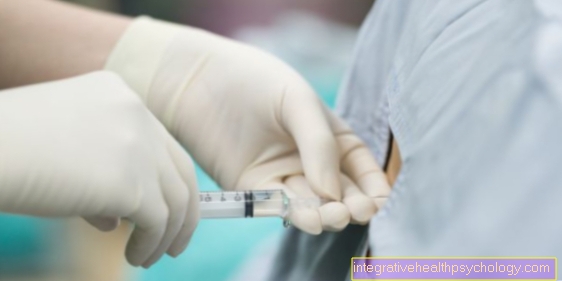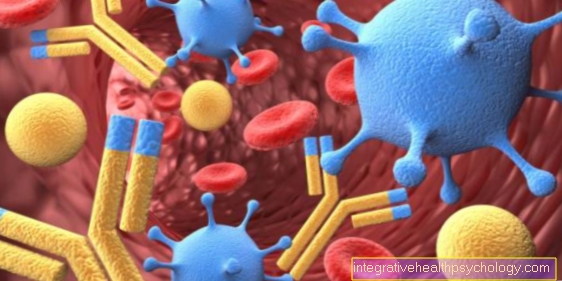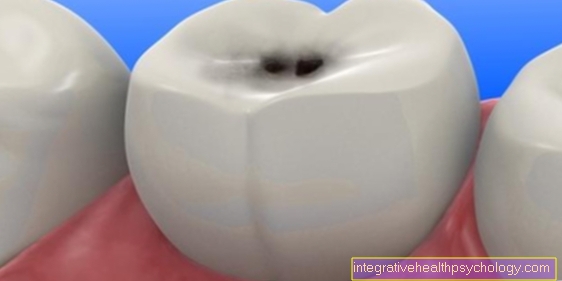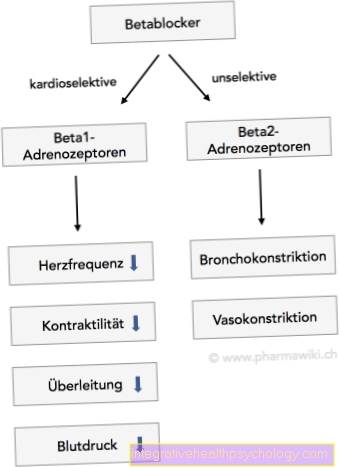Iron metabolism
Note
You are in a sub-topic of the anemia section. General information on the topic can be found at: Anemia
Iron metabolism and iron deficiency anemia
The Iron deficiency anemia develops slowly over weeks and months. The daily need for iron (Iron metabolism) is 1 - 2 mg per day.
The body has a storage capacity of around 2.5 - 3.5 g in liver, Bone marrow and the monocyte-macrophage system.
The day will be about a normal nutrition about 10 - 20 mg, of which less than 10% absorbed in the intestine become. However, our body is able to increase absorption 3 to 4 times as needed.
This happens via the hormone hepcidin, which is produced in the liver and which controls the demand. Bivalent iron is absorbed in the upper small intestine and then bound to the transferrin for transport.
However, trivalent iron is mostly absorbed through food. In the stomach, trivalent iron can be converted into bivalent iron by the prevailing environment. Therefore, after removal of the stomach (gastrectomy), iron deficiency anemia can occur due to impaired absorption.
The iron bound to transferrin docks to a transferrin receptor in the cell body of the precursors of the red blood cells in the bone marrow and is incorporated. This receptor can be measured in the peripheral blood.
Also read: Iron in the human body and Ferritin



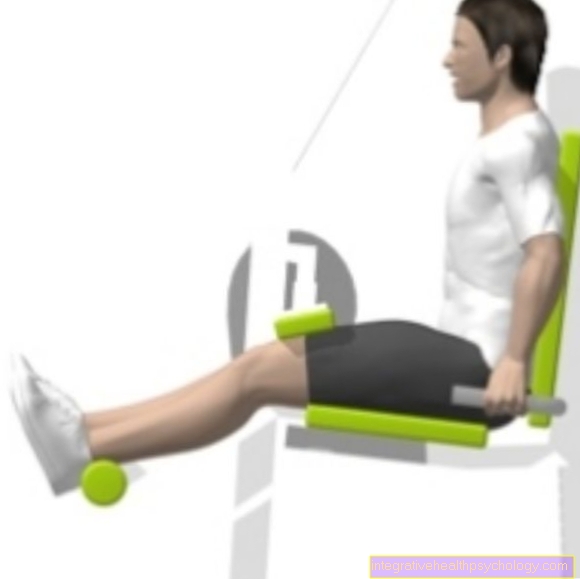
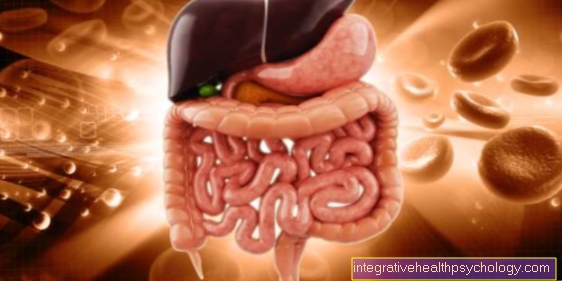

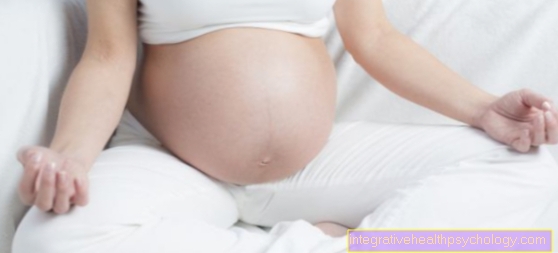



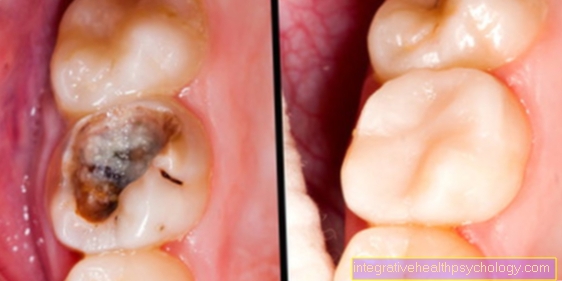



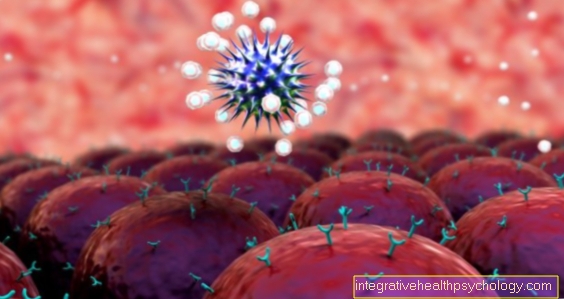
.jpg)





